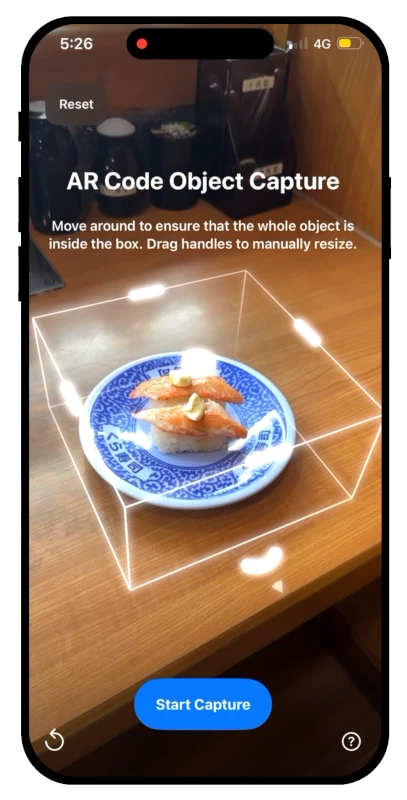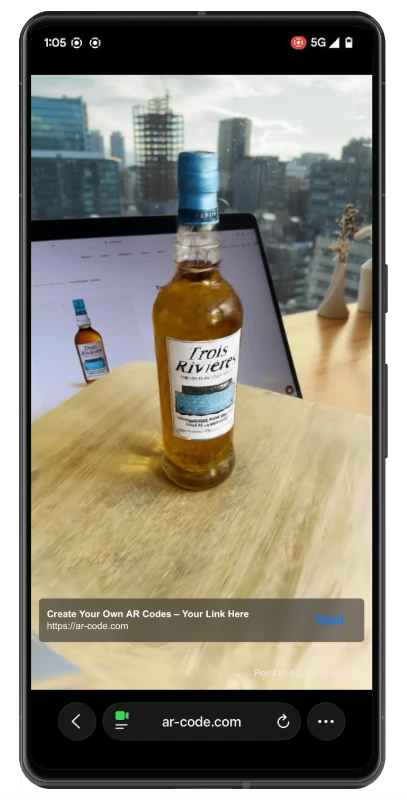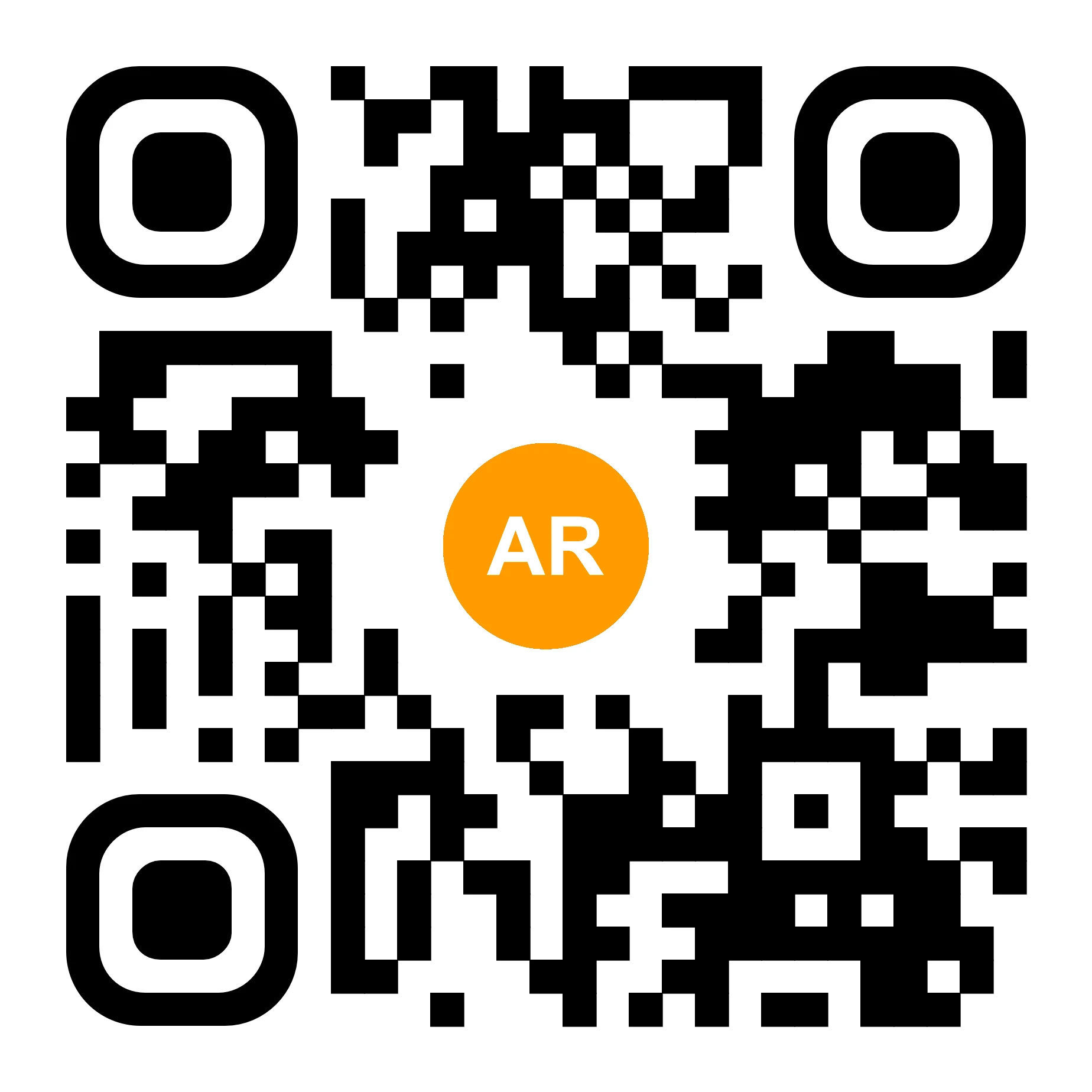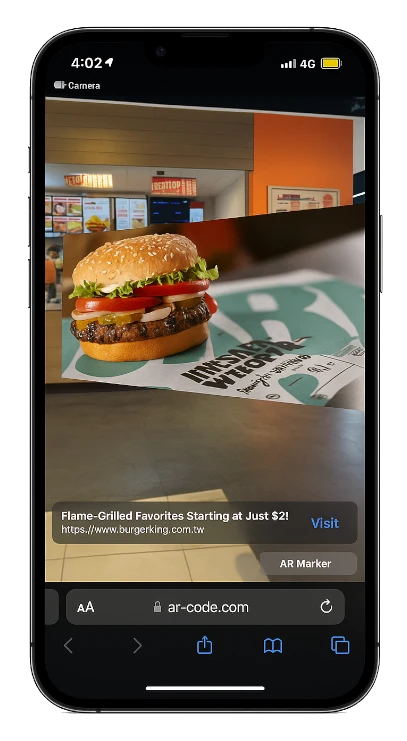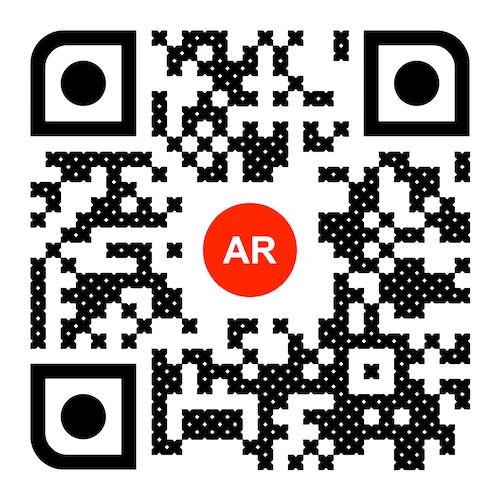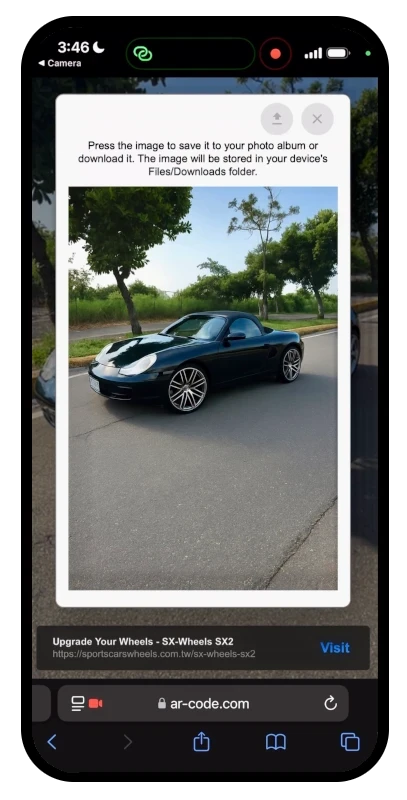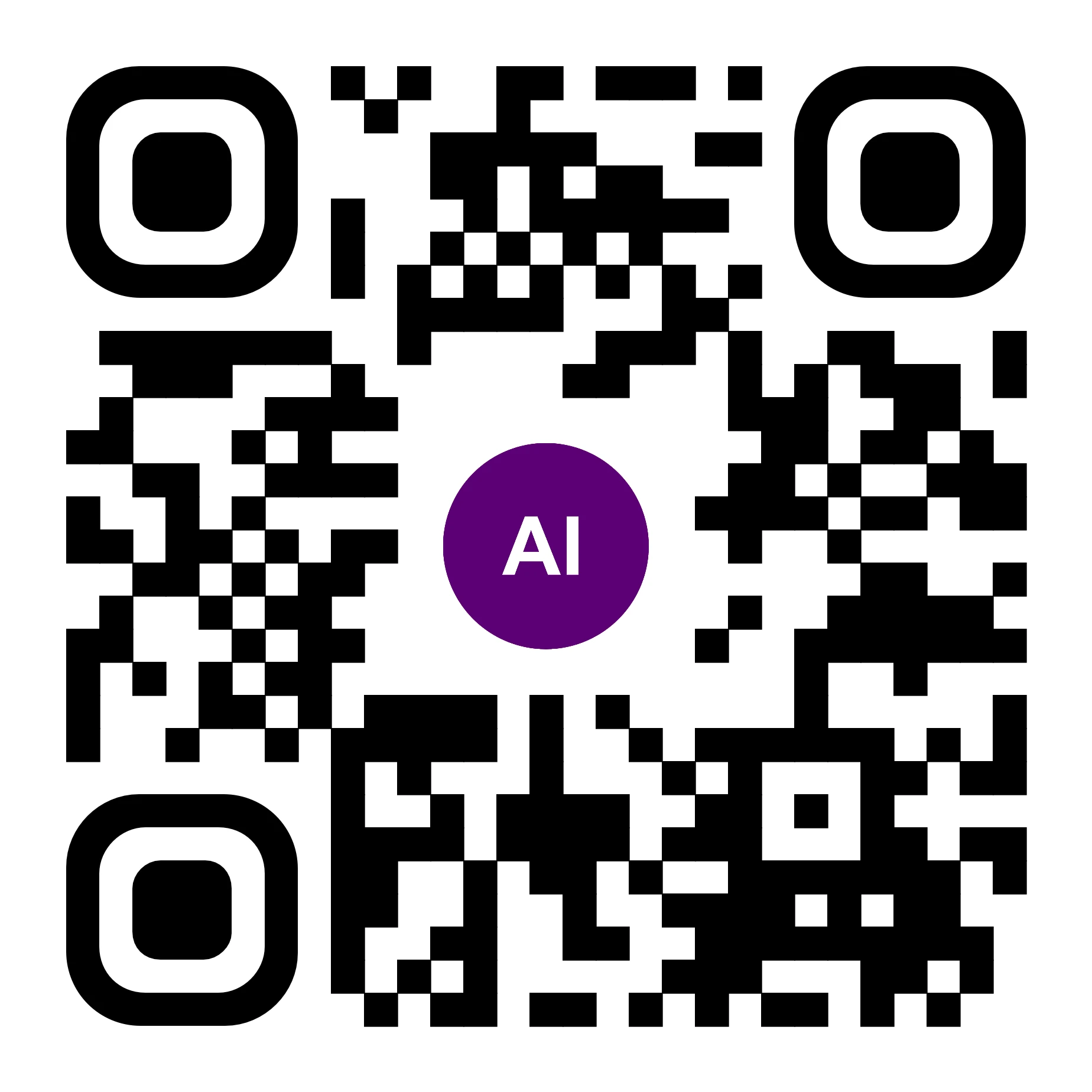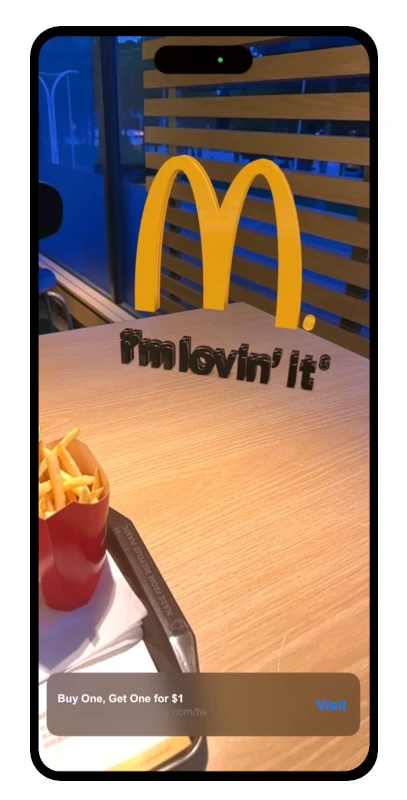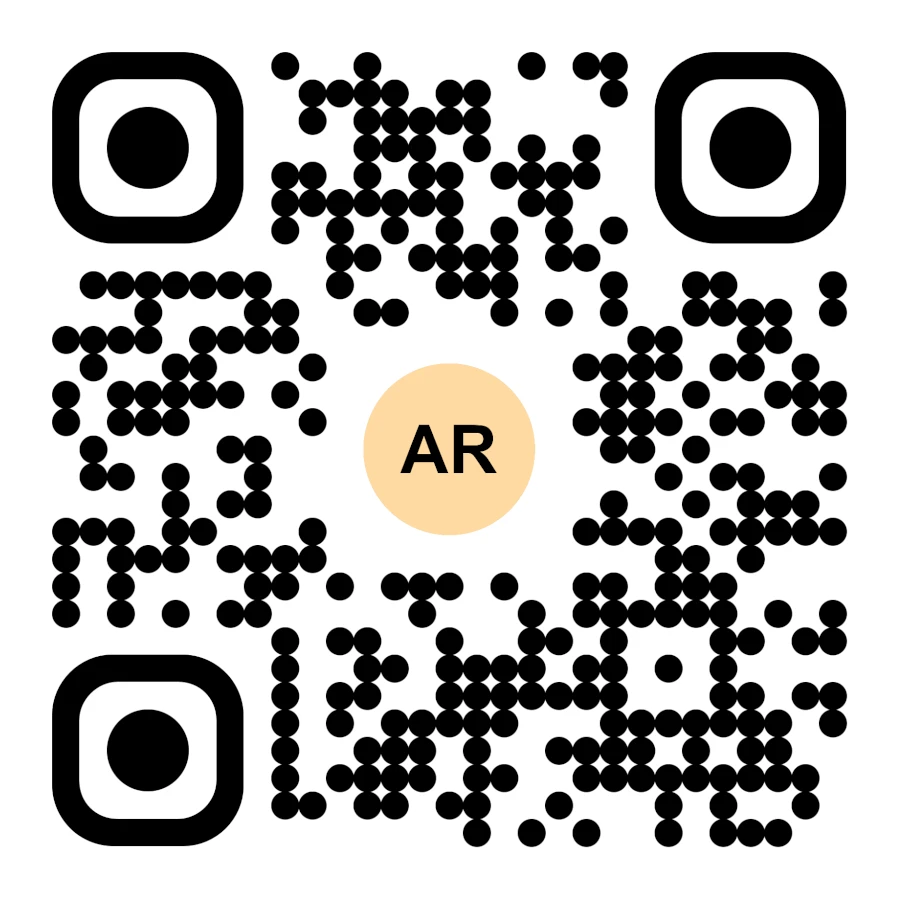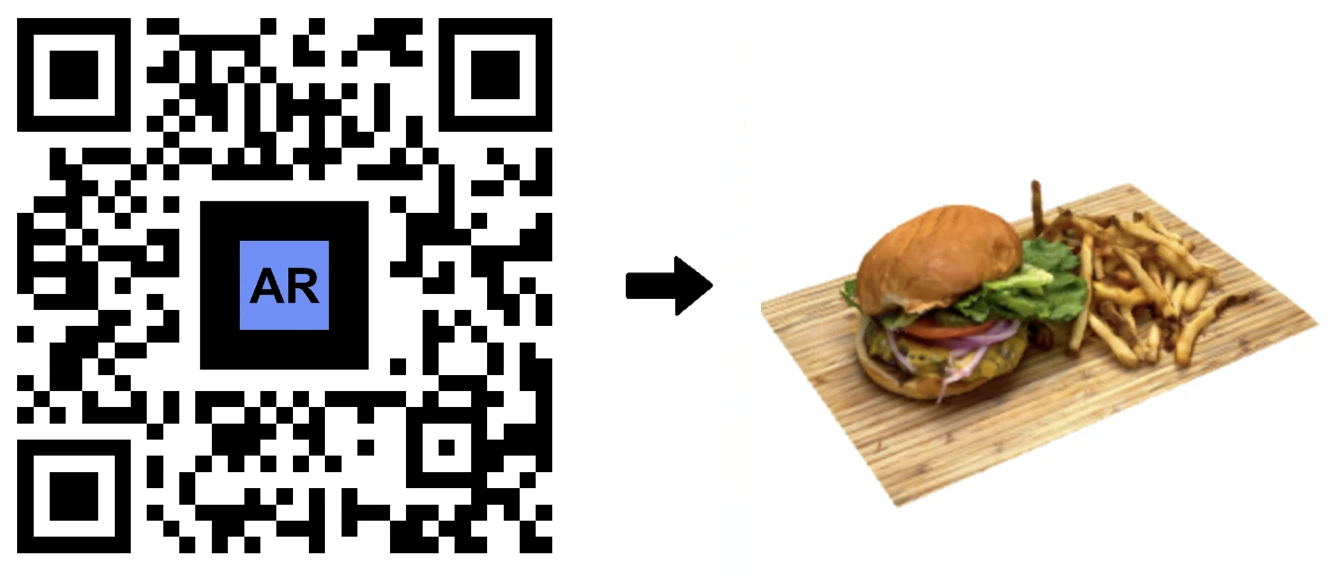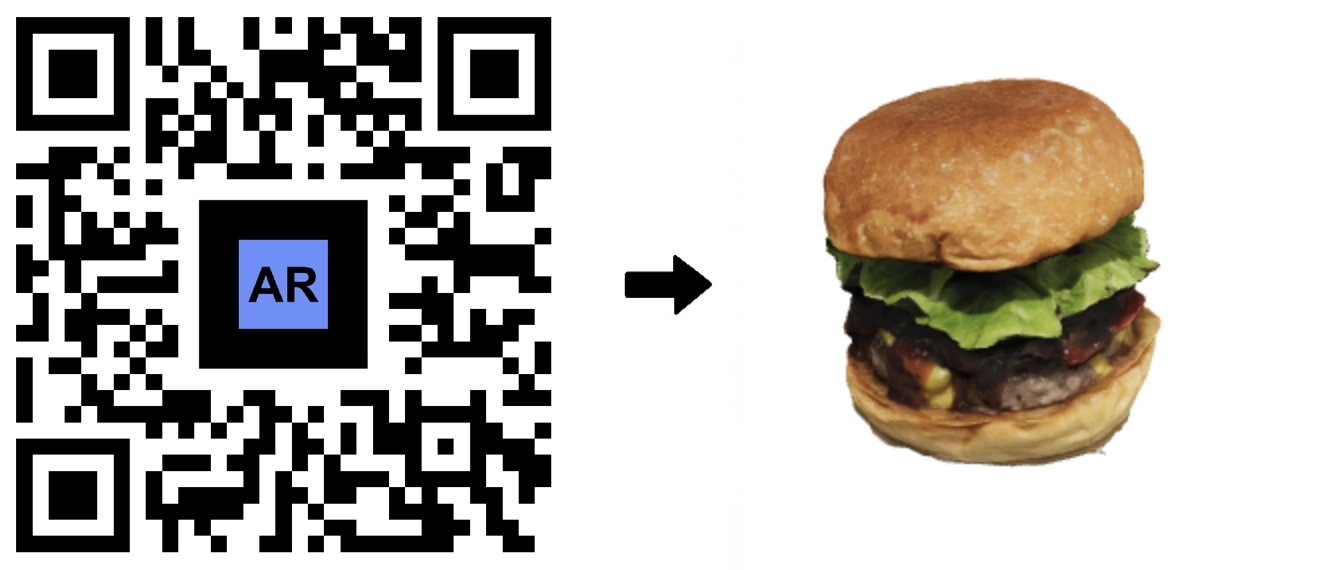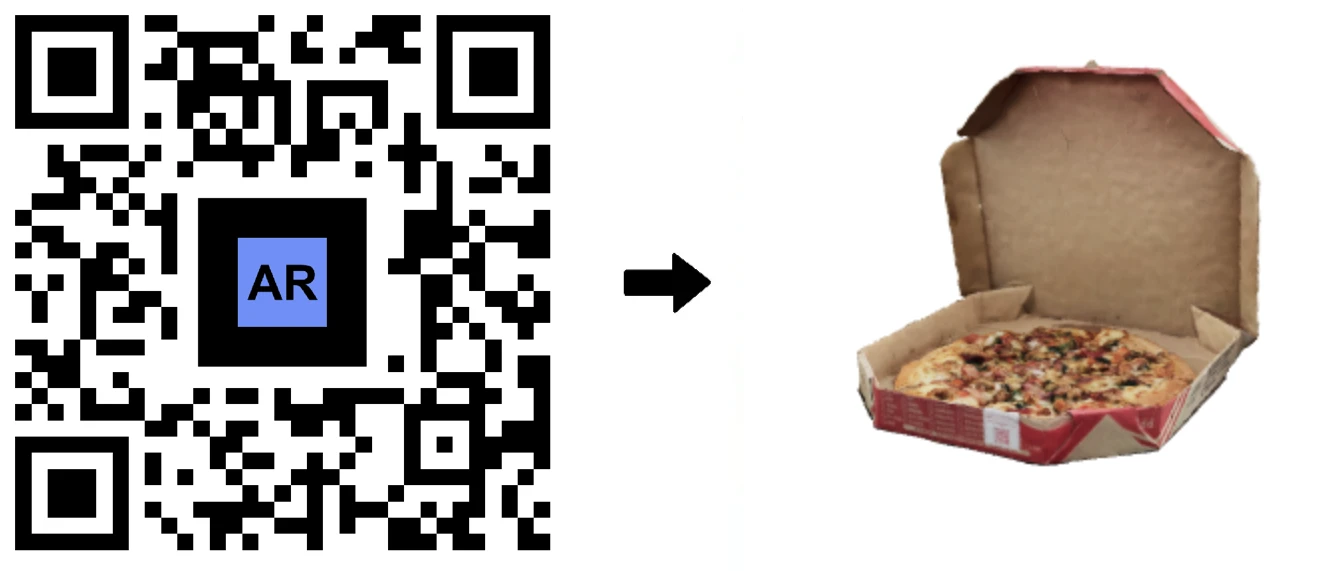Digitalizing Restaurant Menus with Augmented Reality QR Codes
AR Code Tech | 03/12/2025 |
Augmented Reality (AR) is revolutionizing business-customer interaction by making immersive 3D content easily accessible in real-world environments. For restaurants, retailers, and service providers, AR drives sales growth, boosts customer satisfaction, and powers modern, interactive marketing experiences.
After capturing global attention with Pokémon Go, AR is now a proven solution for dynamic marketing, sales, and training. Businesses leverage AR to overlay instructions, showcase art and museum collections, and enhance product displays. With 3D product displays in AR, restaurants and brands can present menu items, new products, or promotions in detailed, interactive 3D to increase engagement and conversions. Learn more about how to scan AR Codes and drive immersive experiences with this technology.
AR QR Codes: Transform Your Restaurant Experience
An AR Code is a next-generation QR Code that delivers web-based 3D Augmented Reality experiences on smartphones, tablets, and AR headsets like the powerful Apple Vision Pro Headset. No app download is required, allowing your customers to instantly engage with your content from any device and any location.
Diners scan AR QR Codes on menus, packaging, signage, or print media to view interactive 3D models of your offerings in their space. This technology increases purchasing confidence, enhances customer satisfaction, and converts interest into revenue.
Printing AR codes on menus and signage creates a next-level dining experience, distinguishing your restaurant and reinforcing your brand as an innovator in hospitality.
Build Interactive AR Menus with the AR Code Object Capture App
Elevate your menu with the AR Code Object Capture app. Restaurant owners and chefs can create detailed 3D models of dishes paired with unique AR QR Codes. Guests instantly explore rotatable, photorealistic views of cuisine, sparking excitement and influencing purchasing decisions.
Deliver an interactive menu browsing experience, allowing guests to preview dishes in 3D before ordering. This encourages adventurous choices, builds guest confidence, and positions your restaurant as a leader in technology and innovation.
See the technology in action: Watch a demo of a 3D Takoyaki scan paired with its AR Code below:
Discover another example with a 3D burger scan and an engaging AR Code viewing experience:
Photogrammetry: Effortless Creation of Stunning 3D AR Menus
Restaurants and brands empower customers to browse photorealistic 3D menu options before ordering. This AR-driven approach offers transparent visuals and inspires guests to try new menu items, increasing order value and satisfaction.
The AR Code Object Capture platform automates 3D model generation across web, MacBook, iPhone, and iPad—no LIDAR required. From independent restaurants to major chains, businesses can instantly bring their signature dishes to life and modernize their menus.
Using advanced photogrammetry, the AR Code platform converts a series of photographs into compelling 3D models. These AR visualizations help increase sales, offer unparalleled menu transparency, and boost brand distinction.
Integrate AR into your printed and digital menus so guests can visualize dish size, view ingredients, and discover featured items. This transparency and engagement builds guest trust and ensures your restaurant stays ahead with advanced AR technology. Unlock new business growth with limitless applications in interactive dining experiences.
How AR QR Codes Accelerate Restaurant Industry Innovation
AR menu solutions are now essential for restaurants seeking to lead in a digital-first market. Early adopters of AR QR Codes stake their place as industry trailblazers, while those waiting risk missing out as customer expectations advance.
AR-enhanced menus are especially appealing for Gen Z and millennials who prioritize digital, interactive experiences. Restaurants adopting AR QR codes reach these key audiences and access deeper customer insights for continued marketing success.
- Personalize the Dining Experience:
Customize customer interactions by providing guests with immediate access to dietary options, ingredient lists, and nutritional information on their smartphones via AR QR codes.
- Next-Level Marketing and Loyalty:
Boost engagement with AR-driven promotions, loyalty programs, and interactive marketing campaigns. Release exclusive 3D content and special offers to turn diners into repeat customers. Learn more about interactive AR advertising and digital loyalty solutions.
- Enhanced Staff Training:
Streamline onboarding and improve staff training with access to 3D dish models and step-by-step plating guides. AR visual learning accelerates team proficiency.
- Safe and Contactless Dining:
Offer safe, convenient contactless menus post-pandemic. AR QR codes allow guests to browse, order, and explore your menu from their own device. For more, discover how to digitalize restaurant menus with AR QR codes.
Adopt the Future of Dining with AR QR Codes
Implementing AR QR codes gives your restaurant a competitive edge with engaging 3D visuals, memorable guest experiences, and improved operations. AR Code SaaS solutions help restaurants and food brands attract more customers, increase loyalty, and build a reputation as technology leaders.
Ready to elevate your business? Choose AR Code SaaS for easy integration, powerful features, and dynamic digital dining experiences that keep your brand at the forefront of restaurant innovation.
Frequently asked questions
How is AR QR Code Technology Transforming the Restaurant Industry?
AR QR Codes redefine menu presentation by letting diners see realistic 3D models before they order. With a simple scan, guests preview portion size, presentation, and ingredients, building trust and enhancing the experience. This leads to adventurous orders and brand loyalty. Discover more about digital AR QR code menus.
What Benefits Can AR QR Codes Bring to Restaurants?
AR QR codes engage digital-savvy customers, strengthen your competitive position, and simplify staff training using impactful 3D visuals. They expand your marketing reach, improve customer loyalty, and create new revenue opportunities. Learn more in our comprehensive guide to AR Code SaaS solutions.
How Can AR QR Codes Contribute to Contactless Dining?
AR QR codes offer effortless, secure contactless dining. Customers scan the menu, explore appealing 3D dishes, and place orders directly from their smartphone for a safer, smoother experience. Explore how to implement AR QR code digital menus in your restaurant.
AR Code Tech - Latest Blog Posts
AR Splat: A New 3D Scanning-to-Augmented Reality Solution Based on Gaussian Splatting
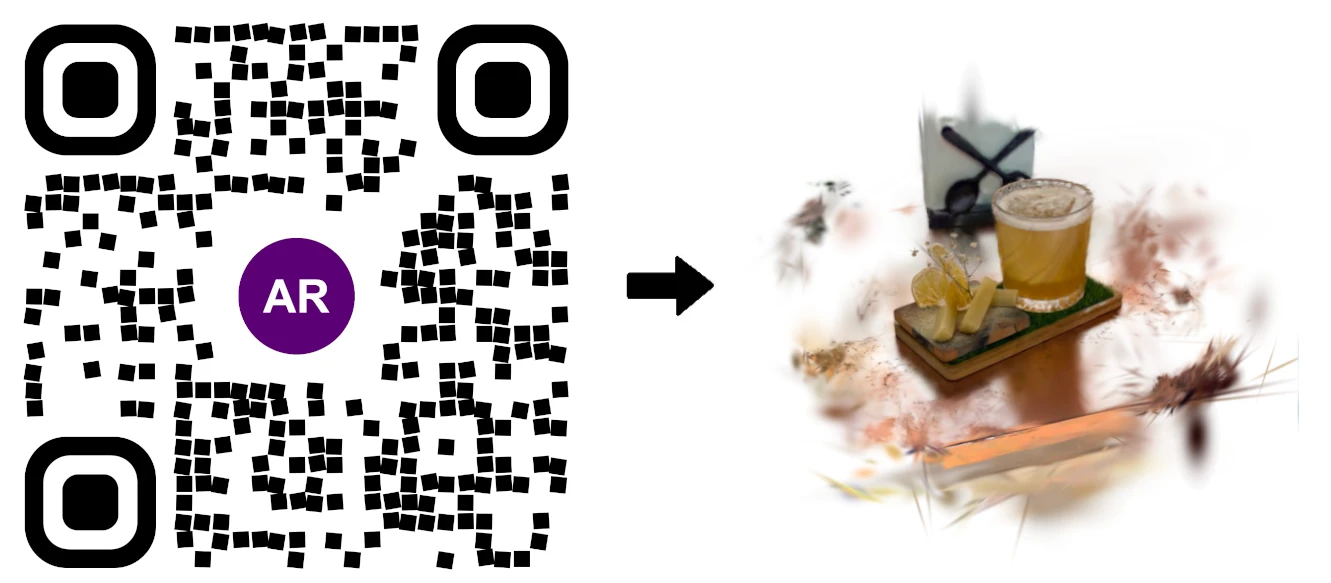
AR Splat by AR Code is a cutting-edge solution for businesses seeking fast, high-quality 3D scene creation. Upload any walk-around video—AR Splat transforms it into an immersive, photorealistic 3D environment instantly accessible through an AR QR Code. Powered by advanced Gaussian Splatting, AR Splat delivers...
AI Code’s Image Generation Redefines Product Visualization Through a QR Code Scan
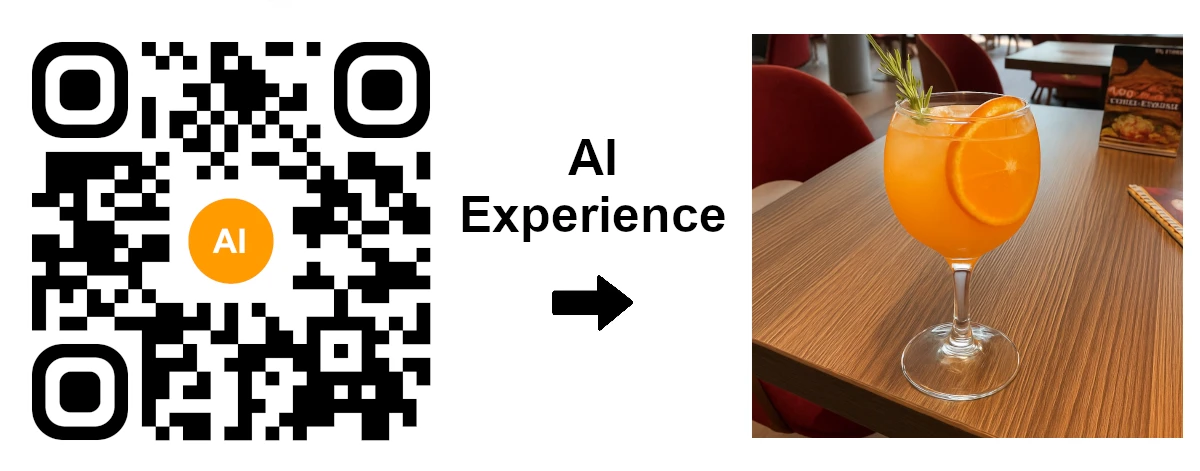
AR Code is revolutionizing Augmented Reality (AR) and Artificial Intelligence (AI), providing advanced AI-generated visualizations that instantly engage customers with a QR code scan. Unlock the business value of AI Code for your enterprise and elevate customer interaction through immersive visual...
AR Code Object Capture Now Works on All iPhones and iPads No LiDAR Required
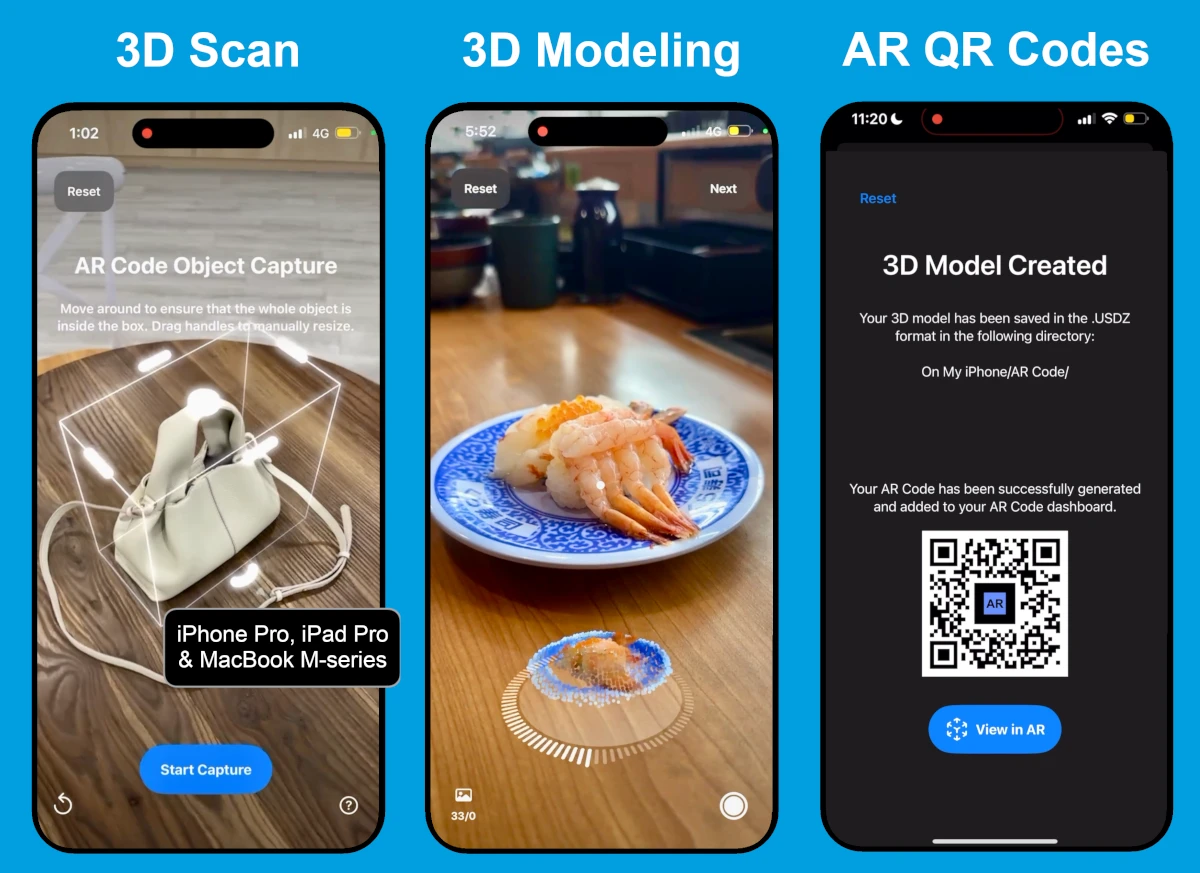
Unlock powerful augmented reality solutions for your business with the AR Code Object Capture app. With support for all iPhones and iPads—even without LiDAR—your team can capture, generate, and deploy impressive 3D models and AR QR Codes instantly, using any Apple device with a camera. Accelerate your digital...
3D Scanning from Video Now Available on the AR Code Web Interface
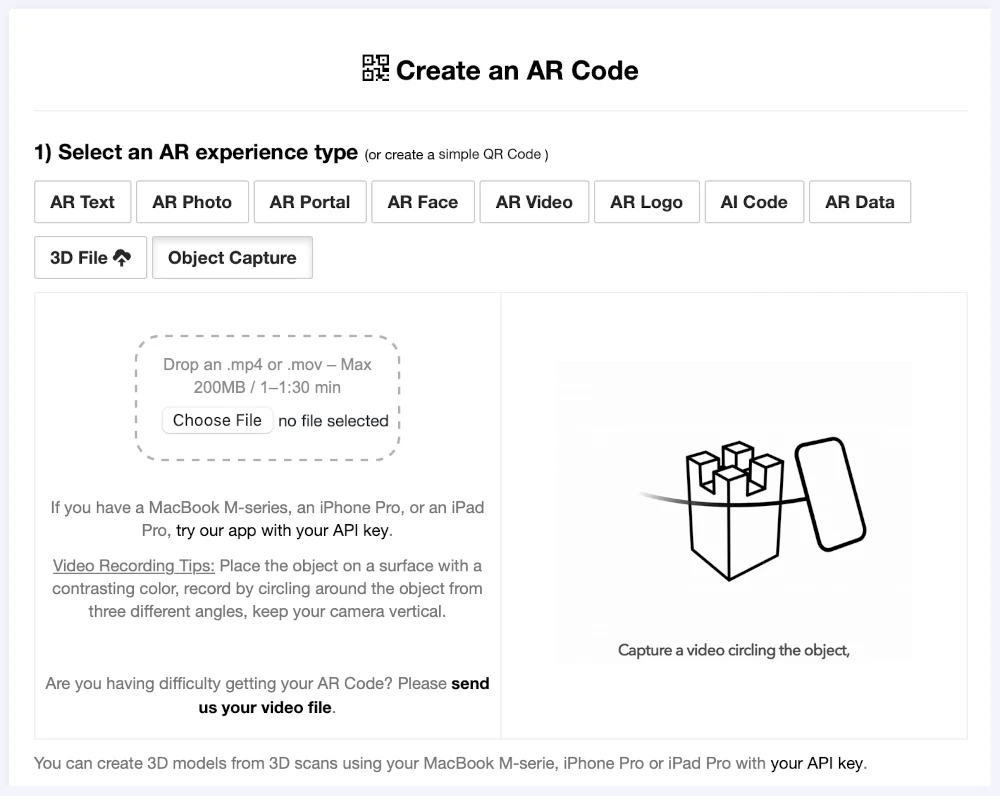
Transform your business with the cutting-edge AR Code Object Capture solution, now accessible through our web platform. Elevate your brand by seamlessly turning video-based 3D scanning into interactive augmented reality content in just a few clicks. Skip complex apps and extra equipment. Simply upload a...
Guide to 3D Scanning with Our "AR Code Object Capture" Solution

Accelerate your business's digital transformation with AR Code Object Capture, the advanced SaaS platform for 3D scanning and augmented reality solutions trusted by leading organizations worldwide. With a powerful, user-friendly interface, quickly generate high-quality 3D models that redefine marketing, online retail,...
From Video to 3D Modeling: Photogrammetry with AR Code Object Capture on MacBook M-Series
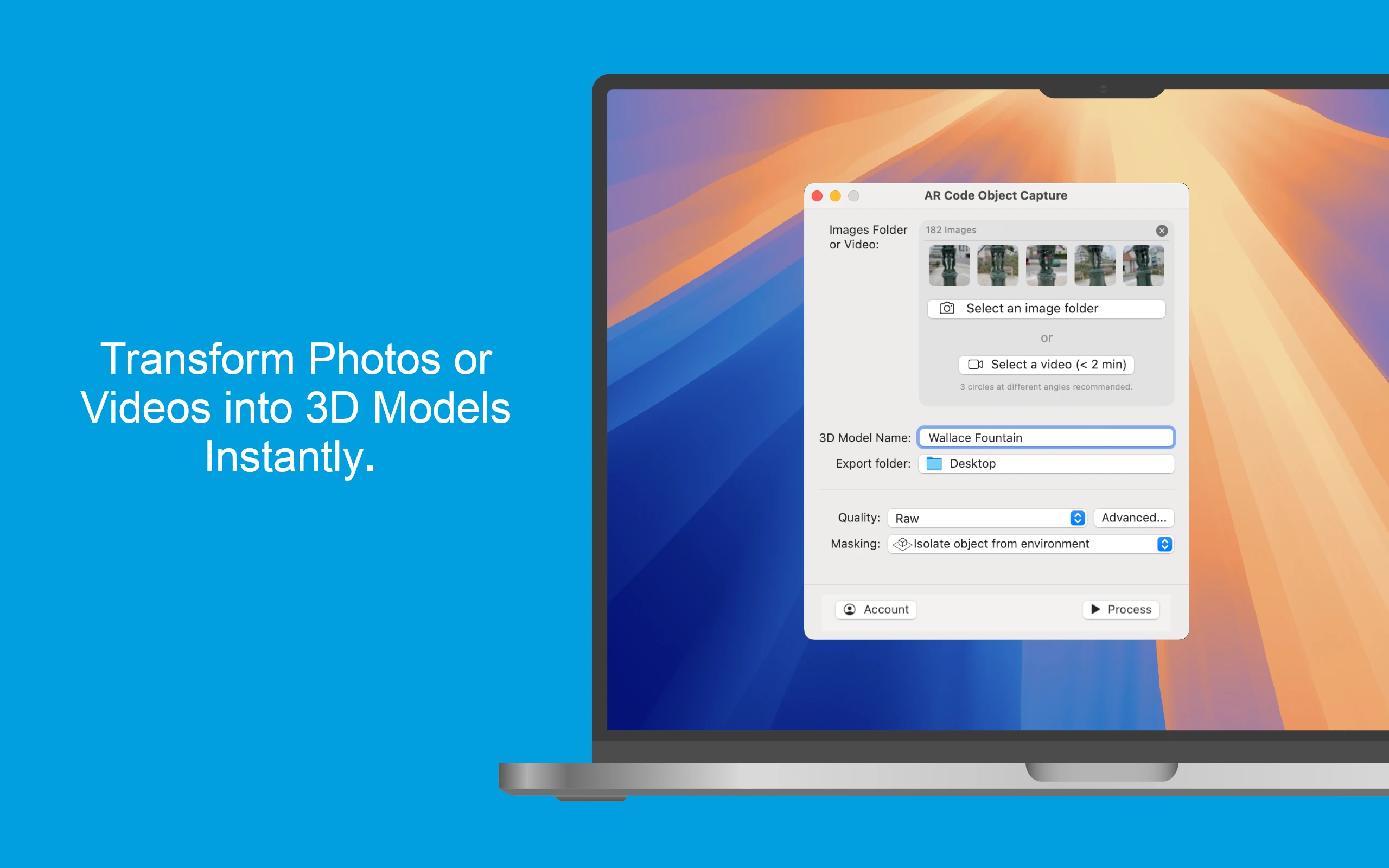
Empower your business with the advanced AR Code Object Capture app, a leader in 3D scanning and augmented reality SaaS for enterprise solutions. Fully optimized for MacBook M-series devices on macOS 15.0+, this application turns real-world products into interactive 3D models and AR QR Codes in minutes. With instant...
Personalize Your AR Codes with Innovative Design Options
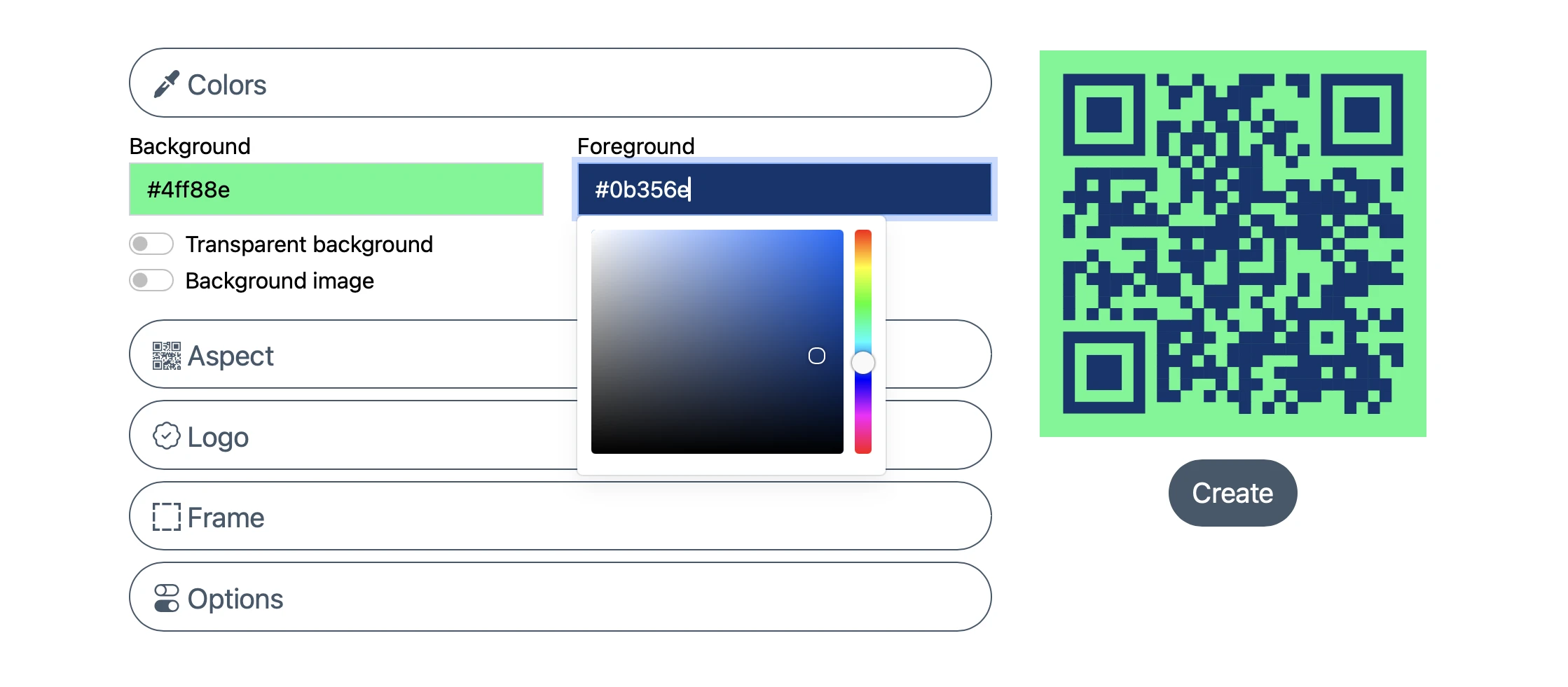
AR Codes are redefining business engagement by merging physical products, print materials, and digital platforms into interactive augmented reality experiences. Unlike traditional QR codes, AR Codes on the AR Code SaaS platform deliver advanced visual customization, transforming standard QR designs into vibrant,...
AR Code's Low-Power SLAM: Augmented Reality for Everyone, Everywhere
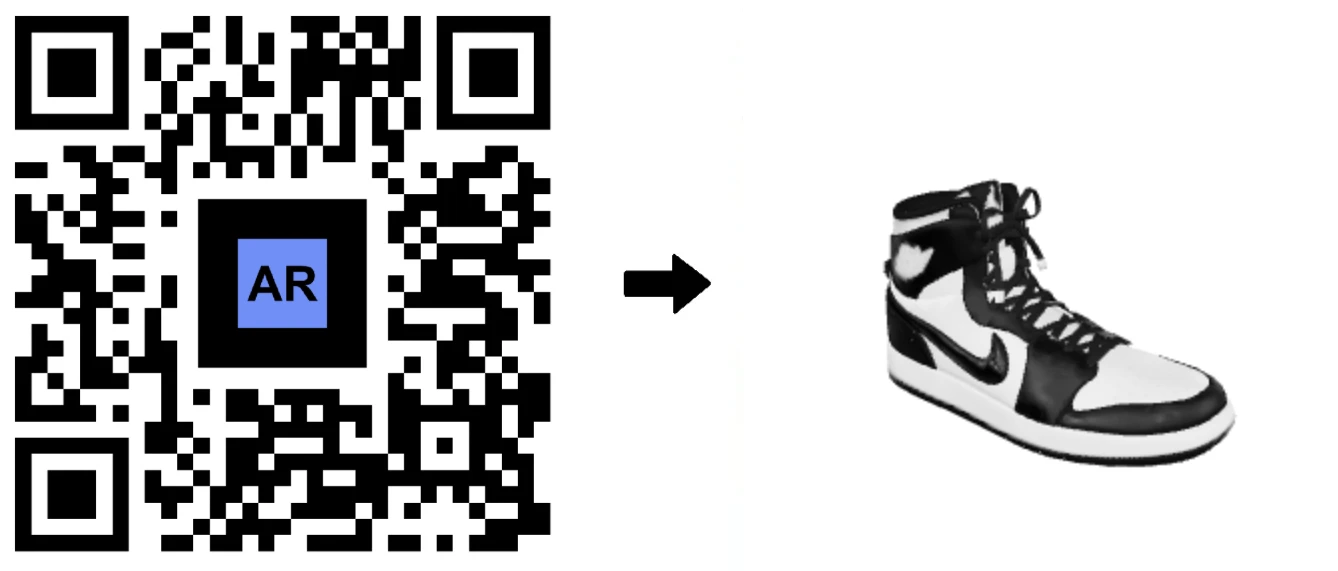
Accelerate your business growth with AR Code, the leading SaaS solution transforming accessibility and engagement in Augmented Reality. The AR Code platform lets companies launch impactful AR experiences across all target audiences, from high-end smartphones to affordable Android devices. Built on advanced low-power...
Revolutionize Your Online Boutique with 3D Scans Using the AR Code Object Capture App

In today’s dynamic e-commerce landscape, creating immersive and interactive shopping experiences is vital for gaining a competitive edge. Modern shoppers expect to engage with products online as realistically as they would in store. AR Code empowers businesses to meet and exceed these expectations using advanced...
AR Face Filter Creation Simplified: Boost Brand Engagement with AR QR Codes

Accelerate your brand’s reach and revolutionize your marketing with AR Face Filter, the leading augmented reality SaaS solution from AR Code. Instantly display your logo or images on users’ faces with advanced AR and AI technology. Ideal for sports teams, event organizers, entertainment venues, and brands focused...
141,590 AR experiences
540,691 Scans per day
127,346 Creators
